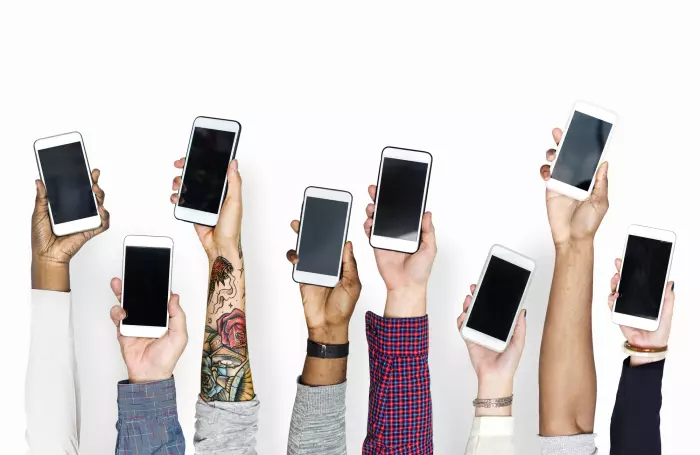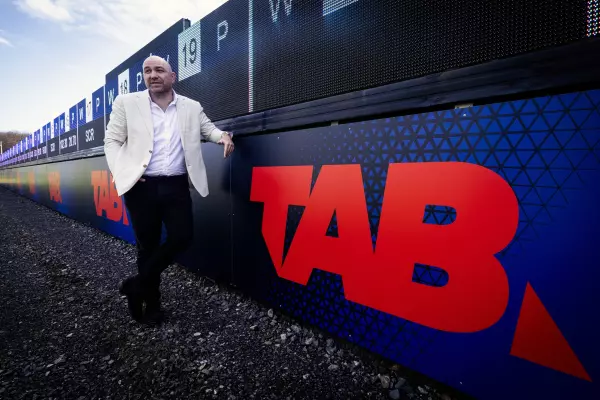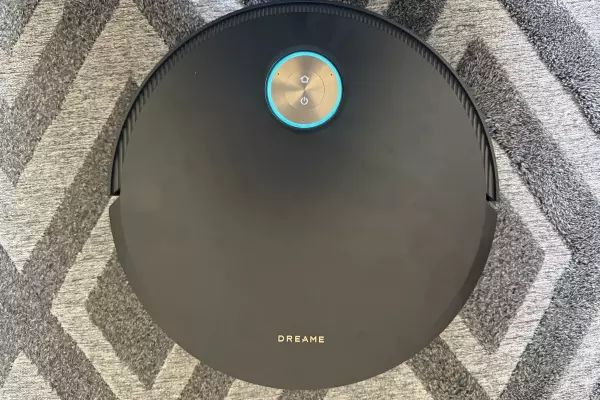League or union. The beach or the pools. Mince pie or steak pie; these battles pale in comparison to the true test of tribalistic dedication: Android v iPhone.
There’s no room for fence sitters on this topic. Either you think that Apple products are overpriced rubbish for suckers and posers, or that Android is an ugly system that’s as intuitive as your high school graphing calculator.
And if you’re talking Android, you’re probably talking about the market leader by a massive margin: Samsung.
Samsung produces a Galaxy for every price point, but if you want to compare like for like, the flagship S series is where the Korean tech giant crams all of its latest and greatest.
Last week, a US company put out some numbers on which tech brands were depreciating the most in that market, and which were holding their value.
Inspired by this, BusinessDesk set out to find out which of the two major players in smartphones was the better investment.
A quick preface
We stuck to just Samsung’s Galaxy S21 and S22 ranges and the iPhone’s 13 range, the models released during 2021 and 2022.
We ended up excluding the iPhone 14 range because it was too new for any decent data to be gleaned.
Samsung tends to release its models in January, while Apple’s generally drop in September.
That said, looking at both the S22 and the S21 range, one newer and one older than the iPhone 13, offers a reasonable comparison.
More methodology notes are at the end of the article but keep in mind this was more out of interest than a rigorous exercise.
Now, onto the topic at hand – which brand of phone holds its value better?
The winner is:
Much like the US study, BusinessDesk’s own research found that Apple’s iPhones tended to depreciate the least.
iPhone 13 phones lost, on average, 13% value over the 16 months since release.
Overall, Samsung’s S21 range (not including the FE, or Fan Edition) dropped in value by 41% over the 24 months since its release.
The S22 range, launched 12 months ago, had sunk 22%.
The S21 FE was released in the same month as the S22 range and lost 38%.
Apple is the clear winner! But it’s also worth digging into the details a little bit more.
Models and storage
By far, the model that kept its value the best out of all of those looked at was the iPhone 13 Pro, at just 10% depreciation, especially the one terabyte (TB) model that had just a 2% drop.
Interestingly, the US stats showed that it was the 13 Pro Max that had the lowest drop in resale value for that market, suggesting a preference in NZ for the smaller form factor with higher specs.
In fact, the iPhone 13 Pro Max was the worst-performing iPhone in our research, losing 18% of its value.
The Ultra saw the biggest drop in the S22 range at 27% over 12 months, with the lowest storage version, 128 gigabytes (GB), losing 35%.
However, the S21 Ultra actually lost the least value, at 36% depreciation over 24 months, with the lower-storage 256GB losing 44% and the 512GB losing only 29% – the best performance of any S21.
It was the S21+ that lost the most value of all the Samsung models, losing more than half of its original value, at 53%, over the two years.
The Samsung S22 and S22+ were on par and kept their value best, at 18% and 19% respectively, with the S22+ 256GB version holding strong at just a 10% loss.
In summary
If you are most concerned with being able to get back the most of what you spent for a new phone, then your best bet is an iPhone with high storage, but nothing too large.
If you prefer Samsung, then following the same rules will give you the best chances.
Of course, it’s also worth mentioning that resale value is only one part of the choice when choosing a phone.
If you go with a trade-in option with your telco provider or just love a massive screen, then there’s nothing stopping you from doing what feels right for you.
Methodology
Every model covered was examined with the same method – the researcher looked at the original pricing for each model and each storage size.
They then went through Trade Me’s listings on the same day for all of them, looking only at "used" listings and only those with a "buy now" price.
Any handsets with damage beyond small cosmetic problems were excluded, as were any outliers in terms of price, ie those that were listed for hundreds of dollars more than most others for no discernible reason.
This was simply done out of interest and fun and should not be used to guide any pricing decisions should the reader wish to sell on their own device.














